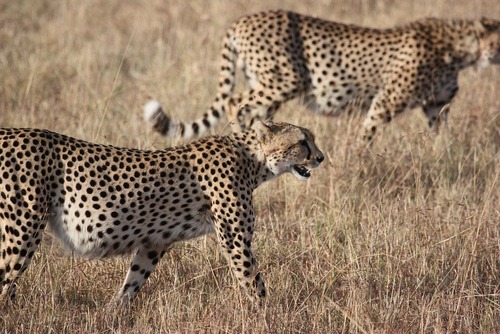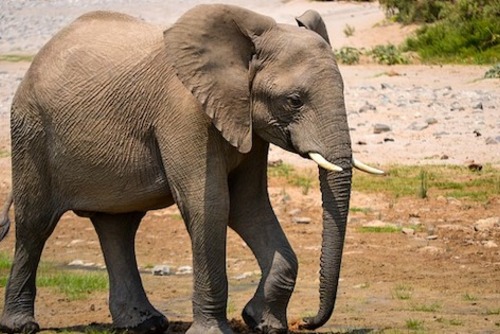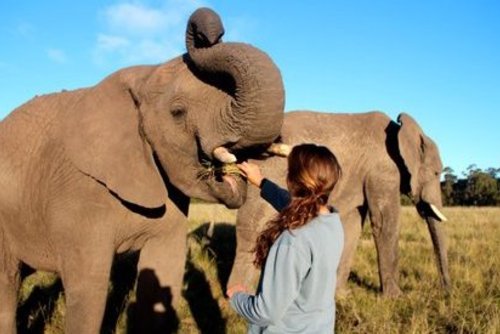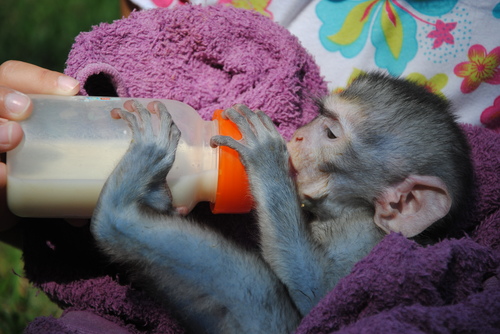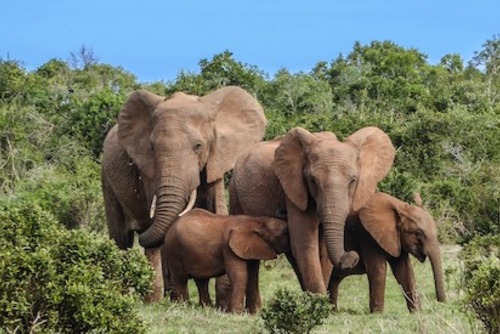Why the Need for Assistance
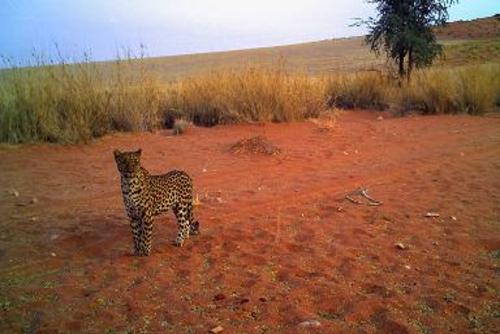
Due to loss of natural habitat, poaching and hunting cheetah numbers in the wild are dropping every year. Because of these reasons international wildlife charities and local organisations are operating conservation volunteer projects in Africa where these animals can be rescued, cared for and resleased back into the wild. Joining rehabilitation programs with these beautiful creatures is an incredible experience. If you've always had a passion for the fastest cat in the world, and you want to get close to them then our programs and cheetah programs are perfect for you!
Volunteering at Cheetah Sanctuaries
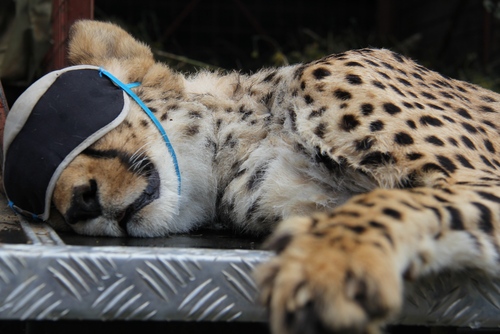
For people seeking to help wildlife and the adventure of a lifetime big cat research programs in Namibia and South Africa willl appeal to you. International volunteers are key to the success of the wildlife sanctuary - participation in the programme ensures the rescue, survival and rehabilitation of cheetahs which have found a safe home there you can help to care for all of the animals whilst also getting the rare opportunity to work alongside big cat experts and Bushman trackers in the conservation research programme at satellite programmes. You will get to help with all aspects of the work being done, there are three research sites across Namibia – including the NamibRand, Solitaire and Neuras, places of outstanding natural beauty where tracking the big cats is an amazing experience.
You can apply to work at wildlife reserves and sanctuarys which rescue cheetahs in the wild and help them back to health and full fitness. These are wild animals and most of the time hands on contact won't occur, but just being in the presence of these creatures is an amazing experience. You will experience the real African Bush on these programs, you will probably be living in remote places which are teeming with wildlife. On these placements you might be feeding, cleaning and preparing them for release into the wild.
What to Expect
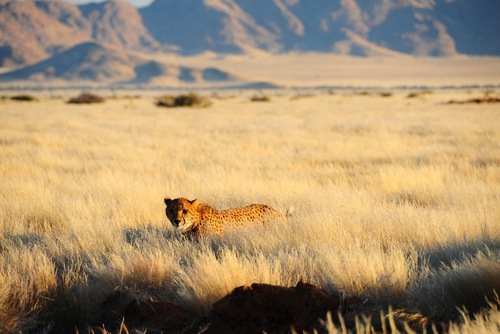
You will get to help prepare cheeahs for release back to the wild. You will more than likely be working at a general wildlife sanctuary caring for animals and then moves to the Namib Desert, to chart the progress of and maybe release leopard and cheetah. These projects offers a unique opportunity to experience and help in the caring for and releasing of big cats into a conservation environment. You will be trained in the necessary skills and gain hands on experience to carry out work at a sanctuary.
You will have the opportunity to chart the progress of and maybe participate in the release of cheetahs at release sites. These ambitious projects aim to remove the animals from sites and sources of conflict with the local human population and transfer them to a safer environment where they can flourish and is the first project to monitor translocated cats on a sustained and intensive basis, thus has already collated groundbreaking information on the animal behaviour after their release.
Tasks
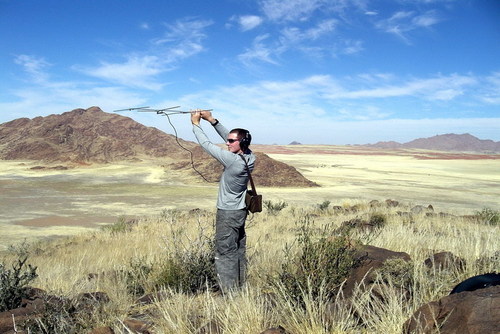
Daily volunteer activities can include working with other international volunteers and local staff to collect and prepare food, feeding the cheetahs, cleaning enclosures and trying to help the projects run as smoothly as possible. You might also be able to contribute to research and educational projects, helping educate local communities on cheetah conservation. You might also be able to feed and walk with these beautiful creatures, on some programs you will be living on game reserves in Africa which is an amazing experience.
You could be assisting wildlife vets, which is great if you are looking for experience with animals abroad. No previous experience with cheetahs is required, you just need to be a good team player and be prepared to get involved with volunteer efforts. Projects can be an amazing experience and nothing like you have ever done before. Sometimes you might be required to participate in construction and renovation projects where you will be erection fences and building enclosures for new cheetahs to be housed. You might also be part of teams going into the wild to protect cheetah's from poachers by patrolling areas and educating local people about the need to preserve these spectacular animals.
Cost
Most placements come part of structured packages where you will need to pay a fee, it is almost impossible just to turn up on arrival at a project location and ask to join as numbers and placements need to be pre-arranged.
What's Included:
- A contribution to funding the project itself
- Transfers to and from the airport
- Transfers to and from the research sites
- Full orientation and support from the project managers
- Equipment and training
- Accommodation and meals as detailed (volunteers assist staff with the preparation of meals)
Accommodation
Sanctuaries generally offer comfortable and clean shared single sex accommodation in either a guesthouse rooms or large walk-in style twin tents with reception and bedroom area (generally two or three volunteers per room (same sex or couples). The facilities at research and release centres are similar to those at the sanctuary, with accommodation being either in guesthouse rooms or in large tents. Occassionally the work takes volunteers further away from base camp, in which case they may camp out in a tent or under the stars.
Eligibility
No previous skills are required as full training full be provided on arrival, you will need to be aged 18+, be open to living and working in a new environment and also be adaptable. Most projects are located in the outdoors and you will need to be confortable working in a hot / humid environment.
Start Dates & How to Apply
You are free to apply and join throughout the year, sometimes there are set start dates for example Monday of every week and it is recommended you arrive a day early.
Related Species



